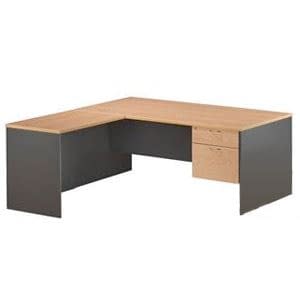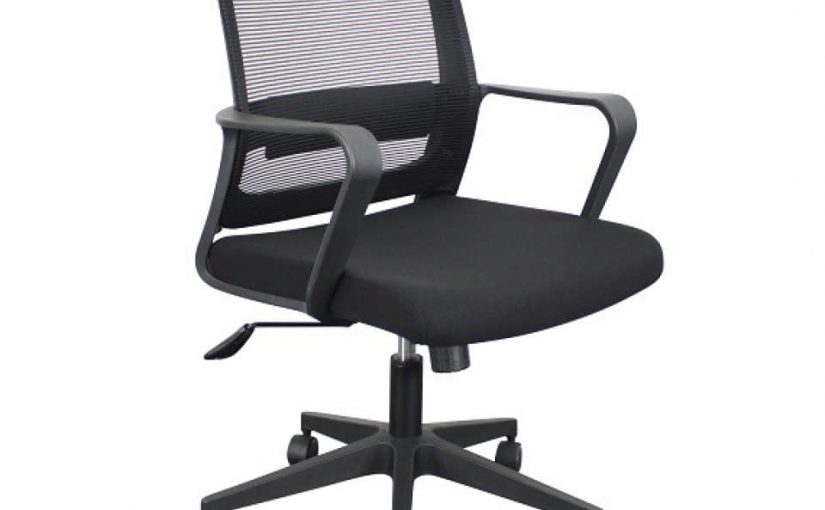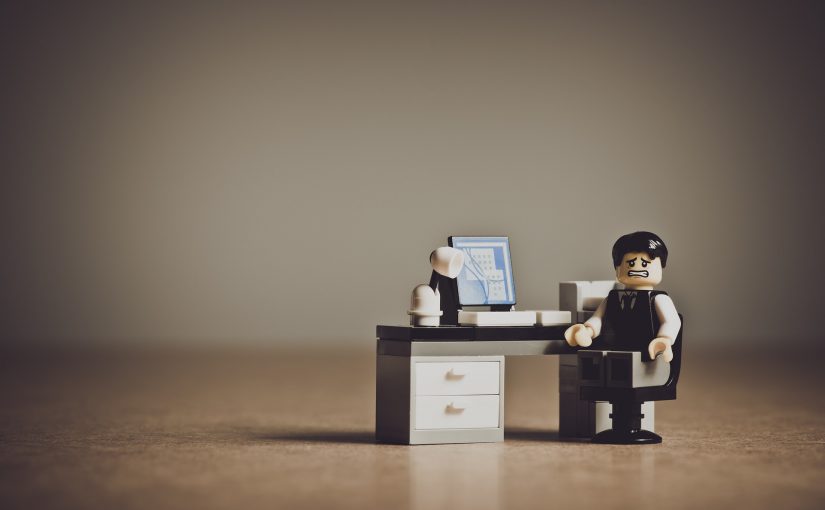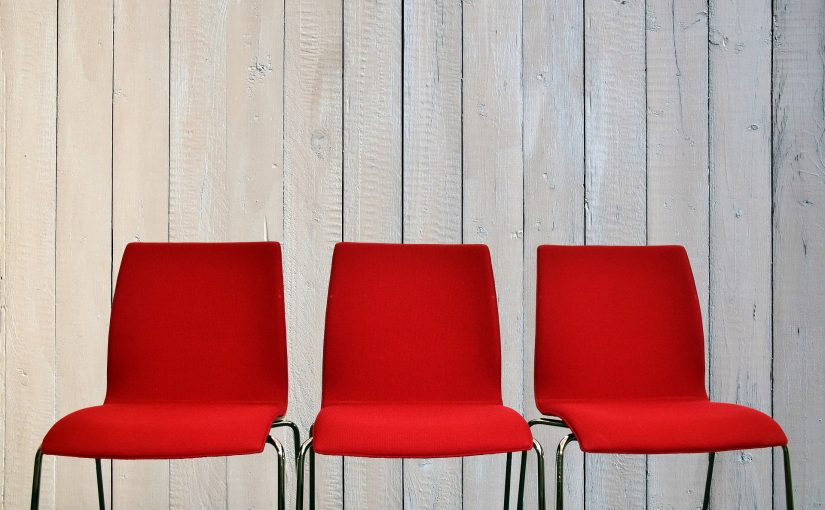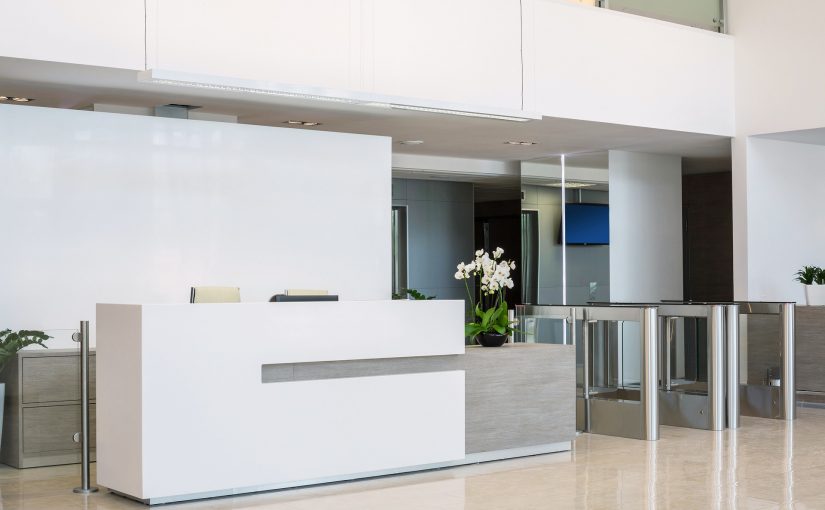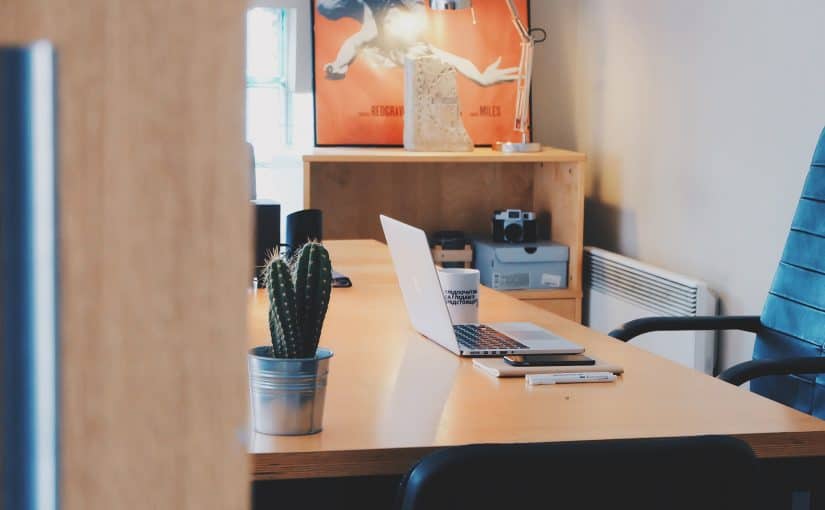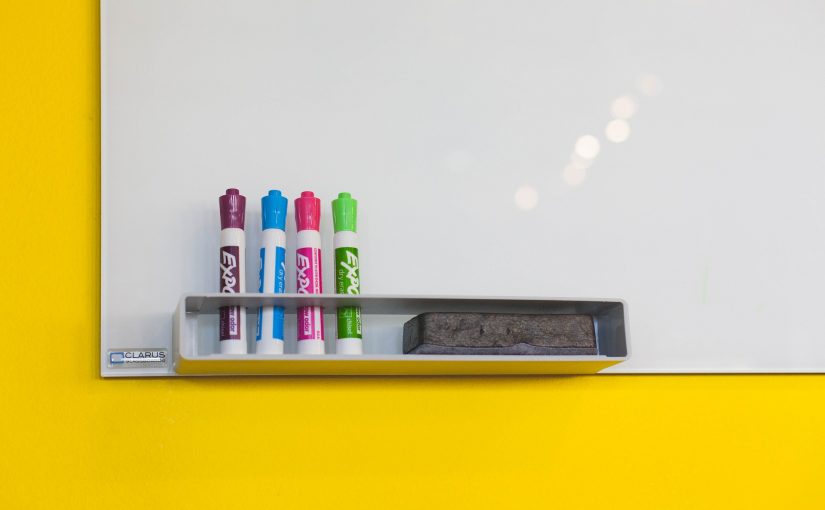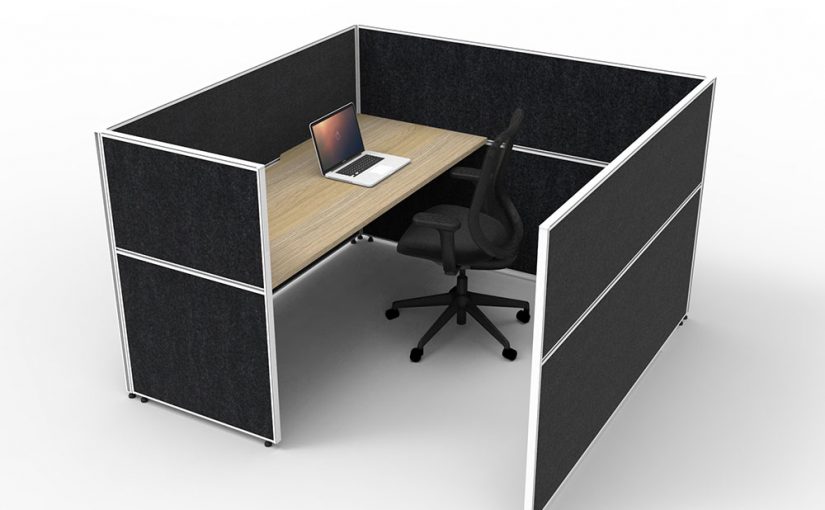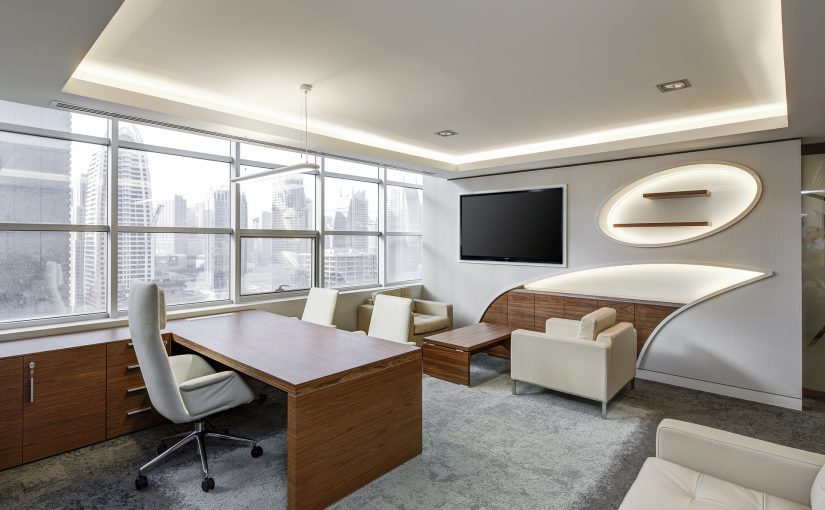8 Reasons to buy a Corner Office Desk
When it comes to office furniture, there are a lot of different options to choose from. But if you’re looking for something that will make a statement, a corner office desk is the way to go. If you’re looking for a new desk for your home office, a corner office desk is a great option. These desks are spacious, versatile, and affordable, and they provide plenty of space to work. So if you’re in the market for a new desk, be sure to consider a corner office desk. Here are five reasons why you should buy one:
1. They look great
A corner office desk can really add some style to your office. They come in a variety of different materials and finishes, so you can find one that fits with your décor.
2. They’re functional
Not only do they look great, but corner office desks are also very functional. They provide plenty of space for storage and working, which is perfect if you have a lot of paperwork or equipment to store.
3. They’re spacious
Corner office desks are larger than traditional desk, so they provide plenty of space to work. This is perfect if you have a lot of tasks to complete or if you need to collaborate with others. A corner office desk is larger than a traditional desk, so it provides plenty of space to work. This is ideal if you have a lot of paperwork or if you need room to spread out.
4. They’re versatile
A corner office desk can be used in a variety of different ways. You can use it as a traditional desk, or you can turn it into an L-shaped desk to create more space. You can set up a traditional desk, or you can turn it into an L-shaped desk to create more space. This versatility makes them a great option for small spaces.
5. They’re affordable
Corner office desks are more affordable than traditional desks, so they’re a great option if you’re on a budget. Plus, they tend to last longer than traditional desks, so you’ll get more value for your money.
3. They’re stylish
Corner office desks come in a variety of styles, so you can find one that matches your décor. They also come in a range of prices, so you can find one that fits your budget.
4. They’re functional
A corner office desk has lots of storage space to help you keep your work area organized. This is a major advantage over traditional desks, which often lack storage space.
5. They’re durable
Corner office desks are built to last, so you can use them for many years. They’re also easy to clean, which is important if you have children or pets.
6. A single elongated desk is more difficult to access than a row of shorter desks.
Having one long desk or table may seem to be an easy solution, but it doesn’t always work that way. Although having one long table is great because there are no lines on the surface: L-shaped surfaces offer greater reachability than circular ones.
On a flat surface, you’ll have to roll your chair or stand up to access whatever is at the other end. This might result in you getting only partial value out of the available area, with extra space being wasted.
In an L-shaped workstation, you’ll most often simply turn to set something down or get something, and you’ll get a lot more usage out of it. This may be made even better if you have storage on both ends of your workspace, which is impossible to access from a long desk but perfectly accessible from a corner one.
7. For Better Reception Zones
Reception areas are areas that businesses consider to be worthy of more attention and effort. As a result, not only should reception spaces be appealing; they should also provide enough area for the receptionist to operate. An L-shaped or curved desk, on the other hand, might be ideal as a reception desk for any office because of this. A workstation with an L-shaped or curved desk has two parts: one that faces toward the entrance and one that sits against the wall. This is a particularly good solution for those who have limited space in their garage, as it not only encourages individuals to keep their portion for work but also allows paperwork or sign-in sheets to go there. It’s also neater and helps your facility look cleaner and more organized.
A desk built in one corner may be perfect for this design. You can make the area appear smaller by placing a pair of plants on each side, or you might use it to showcase elegant artwork such as paintings or tapestries. Adding a cowl above the desk section that faces towards the door not only increases storage but also makes everything on that side of the desk more readily accessed and worked on by anybody at a standing height.
8. This is a fantastic tool for optimizing workstation.
When considering office desks, keep in mind that they may transform any workstation into a completely focused workspace. This implies there’s space for storage so that they don’t have to get up frequently to collect their stuff or retrieve papers, as well as a station that promotes focus on the immediate task rather than having someone sit immediately beside them.
If you position four corner workstations along a wall, you might be able to achieve even better results if you use something like a fabric screen to keep them apart so that each employee can focus only on what’s in front of him. Although open floor layouts are becoming increasingly popular in many offices, many people across the world prefer more secluded desks since they allow them to concentrate and make their workstations feel more personal.
If you’re looking for a new desk, consider buying a corner office desk. These desks are spacious, versatile, stylish, and functional, and they’re sure to make your home office a more productive place. Thanks for reading!
So, what are you waiting for? A corner office desk is the perfect way to upgrade your home office. These desks are spacious, stylish, and functional, and they’re sure to make your work area more productive. Consider buying one today!

